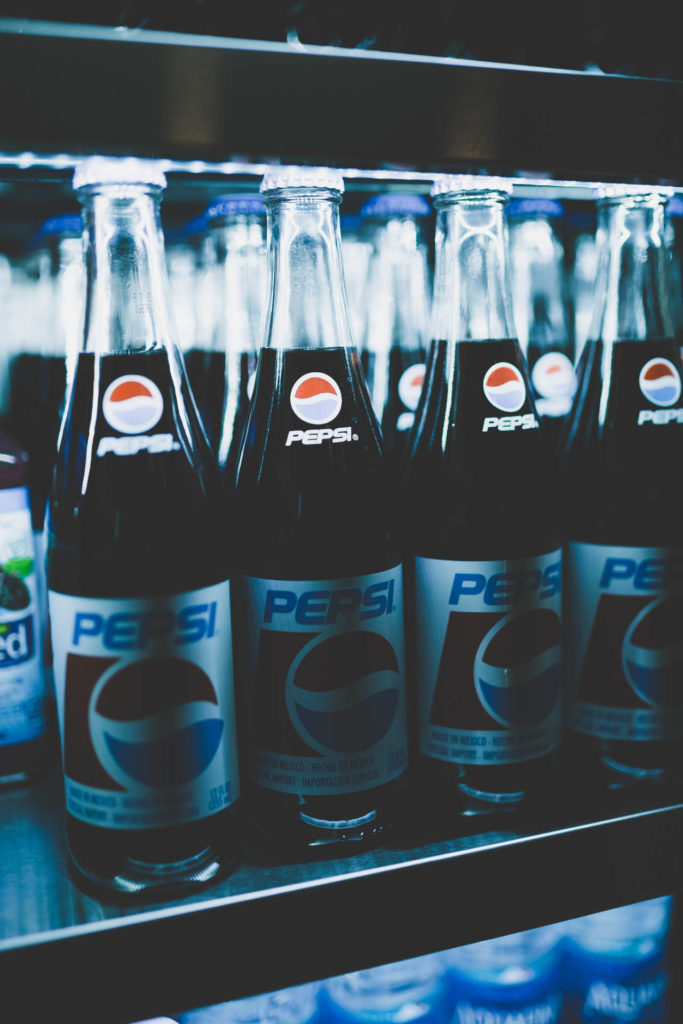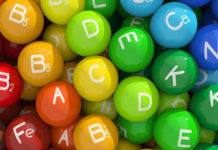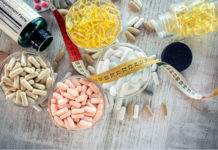When the Center for Environmental Health released test results showing that Pepsi intentionally covered up the presence of high levels of 4-Mel in its popular soft drinks in 2013, the company denied both the presence of this chemical in its beverages and the fact that it was dangerous. 4-Mel, which is short for 4-Methylimidazole, is a compound that is formed in the manufacturing of caramel coloring and is a known carcinogen.

Since then, the drinks maker has fought against complying with California state requirements to place a cancer warning label on the beverages that contain the ingredient, which include not only Pepsi, but also Diet Pepsi and Pepsi One.
Now, a settlement in a class action lawsuit against Pepsi has gained preliminary approval from a federal judge in California. As part of the proposed settlement, Pepsi has agreed to ensure its caramel coloring’s 4-Mel levels do not exceed 100 parts per billion in products that are being shipped for sale within the U.S. They will also be required to test the soda using specific protocols.
The soft drink giant also agreed to these measures in a different lawsuit that was settled in a California state court last year. The new settlement, however, expands the reach of these measures from California to the entire country.
Pepsi failed to warn consumers that its drinks contain known carcinogens
The lawsuit accused Pepsi of failing to warn people that its beverages contain 4-Mel, which California has officially recognized as a cancer-causing chemical.
A 2014 Consumer Reports test showed that the 4-Mel in Pepsi exceeded the permitted level of 29 micrograms per bottle or can, which would mean that they were in violation of common law and consumer protection statutes in the state of California.
In particular, this violates California’s Proposition 65, which has been in place since 1985, and requires manufacturers to provide consumers with clear warnings when their products will expose them to toxic or cancer-causing chemicals.
The state’s Office of Environmental Health Hazard Assessment set the cutoff at 29 micrograms because that level creates a risk of cancer of one in 100,000.
Citing a 2013 Mintel and Leatherhead Food Research report, Consumer Reports said that caramel coloring is the world’s most widely used food coloring. At the time, Pepsi tried to say that because Prop 65 refers to exposure per day rather than exposure per can, and that the average amount of diet soda that its drinkers consume daily is less than a can, there was no need to place a warning on it. Consumer Reports disagreed, however.
“No matter how much consumers drink they don’t expect their beverages to have a potential carcinogen in them. And we don’t think 4-MeI should be in foods at all. Our tests of Coke samples show that it is possible to get to much lower levels,” toxicologist Dr. Urvashi Rangan said.
Is drinking soda really worth risking cancer and obesity?
It simply does not make sense for people to expose themselves unnecessarily to an ingredient that merely serves to color their food, and consumers have the right to be aware of what they are putting in their bodies. The popularity of books like Food Forensics serves to illustrate the growing desire by Americans to know what ingredients their food products contain.

The cancer-causing caramel coloring in Pepsi is not the only reason consumers should steer clear of it. Soft drinks are also believed to be behind the nation’s obesity epidemic. A UCLA study found that adults who consumed one sugary drink such as a soda every day had a 27 percent higher likelihood of being classified as overweight than those who did not drink such beverages. Moreover, drinking just one soda each day adds up to a total of 39 pounds of sugar each year! That means that regular soda drinkers can cut their risk of obesity and cancer in one fell swoop simply by giving up the habit for good.
Sources:
Credit: Naturalnews.com
©Copyright – Hector Sectzer

















